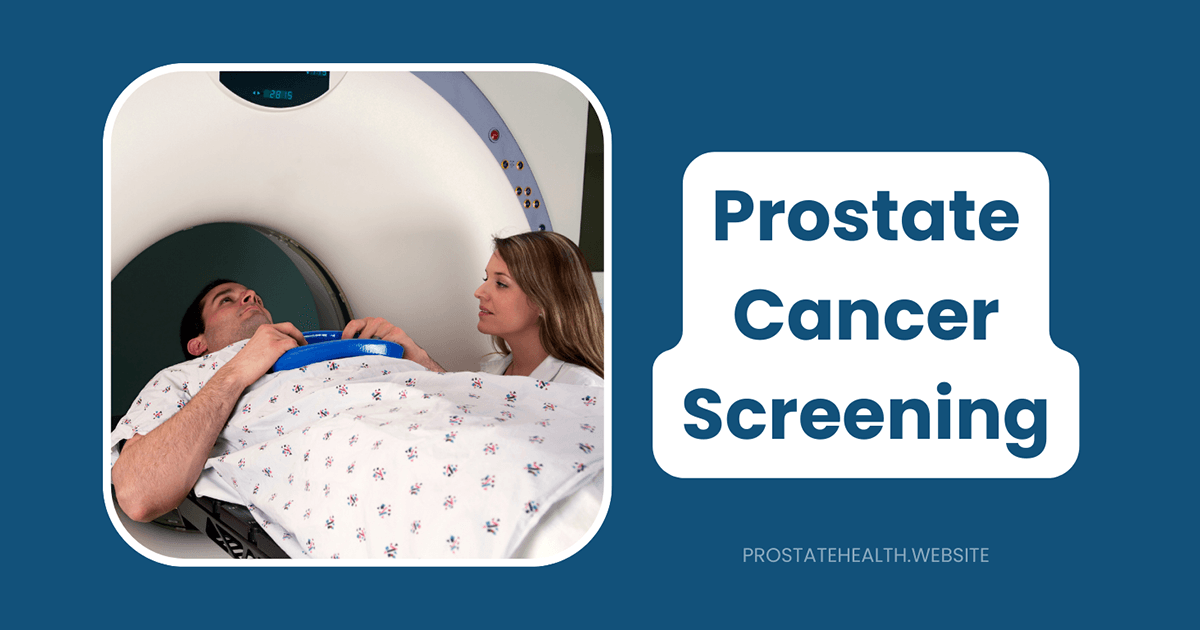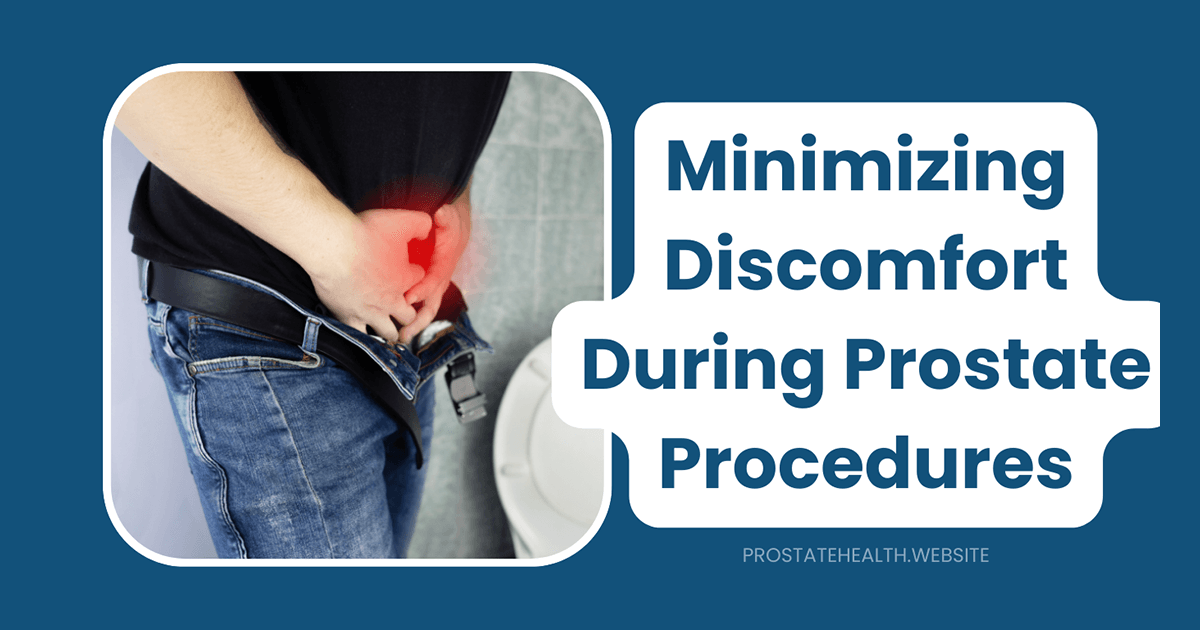Digital Rectal Exam: What to Expect and Why It’s Important

Let’s be honest—few medical procedures make men more uncomfortable than the digital rectal exam (DRE). I remember my own anxiety before my first exam, fueled by jokes, misconceptions, and that natural hesitation we all feel about such an intimate procedure. But here’s the truth I’ve learned through years of advocacy: those few moments of discomfort could literally save your life.
The digital rectal exam remains an important tool in prostate health assessment, yet many men avoid it due to embarrassment or fear. This comprehensive guide aims to demystify the DRE, explain what actually happens during the procedure, and highlight why—despite changing guidelines—it still plays a valuable role in men’s health.
What Exactly Is a Digital Rectal Exam?
Despite its technical-sounding name, a digital rectal exam is remarkably straightforward. The term “digital” refers to the doctor’s digit (finger), not any electronic device. During this brief examination, a healthcare provider inserts a gloved, lubricated finger into the rectum to feel the prostate gland and surrounding tissues.
This direct physical examination allows your doctor to detect abnormalities that blood tests might miss, including:
- Prostate enlargement (benign prostatic hyperplasia or BPH)
- Suspicious lumps or hardened areas that could indicate prostate cancer
- Tenderness suggesting prostatitis
- Rectal abnormalities like hemorrhoids, fissures, or masses
The entire procedure typically takes less than a minute but provides valuable information that can guide further testing or treatment decisions.
The DRE Procedure: Step by Step
Understanding exactly what happens during a DRE can help alleviate anxiety. Here’s what you can expect:
Before the Exam
- Discussion: Your healthcare provider should explain the procedure and answer any questions.
- No special preparation: Unlike colonoscopies, no bowel preparation is required.
- Privacy considerations: You’ll be provided with privacy to undress below the waist, and a gown or drape will be offered.
During the Exam
- Positioning: You’ll be asked to either:
- Stand and bend forward at the waist, leaning on the exam table
- Lie on your side with knees drawn up toward your chest (the left lateral position)
- Sometimes, lie on your back with feet in stirrups
- The examination: Your doctor will:
- Put on examination gloves
- Apply lubricant to their index finger
- Gently insert the lubricated finger into your rectum
- Press forward to examine the prostate gland (located just in front of the rectum)
- Feel for size, consistency, and any irregular areas
- Complete the exam in about 30-60 seconds
- Sensations: You’ll likely feel:
- Pressure and a brief urge to urinate (due to pressure on the prostate)
- Some discomfort, but rarely significant pain
- A sensation of needing to have a bowel movement
After the Exam
- You’ll be given privacy to clean up and dress
- Your doctor will discuss any immediate findings
- If necessary, recommendations for further testing will be provided
Dr. James Thompson, urologist at Cleveland Clinic, notes: “Most men build up the DRE to be much worse than it actually is. The vast majority of my patients are surprised by how quick and relatively comfortable the procedure turns out to be.”
The Evolving Role of DRE in Prostate Screening
The guidelines around prostate cancer screening, including the use of DRE, have evolved significantly over the past decade. Understanding these changes can help you make informed decisions about your health.
Current Guidelines on DRE
According to the American Urological Association (AUA), the primary screening method for prostate cancer is the PSA (Prostate-Specific Antigen) blood test. The DRE is no longer recommended as a standalone screening tool due to its limited sensitivity—it can only assess the posterior portion of the prostate, potentially missing cancers in other areas.
However, many medical organizations still recommend the DRE as a complementary test to PSA screening, particularly for men with elevated PSA levels. The AUA notes that for patients with PSA ≥ 2 ng/mL, adding a DRE may improve detection of higher-grade prostate cancers.
When Is DRE Most Valuable?
The digital rectal exam remains particularly useful in several scenarios:
- When PSA results are borderline: A normal PSA doesn’t rule out prostate cancer, and the DRE can detect abnormalities in men with normal PSA levels.
- For high-risk individuals: Men with a family history of prostate cancer or African American men may benefit from the additional information a DRE provides.
- When monitoring known conditions: For men with BPH or previous prostate issues, the DRE helps track changes over time.
- For diagnosing non-cancer conditions: The DRE is valuable for diagnosing conditions like prostatitis, hemorrhoids, and anal fissures.
As Dr. William Catalona, a pioneering researcher in prostate cancer detection, explains: “While the PSA test is more sensitive for detecting prostate cancer, the DRE can sometimes find cancers missed by PSA testing alone, particularly in the peripheral zone of the prostate where many cancers originate.”
Age-Specific Recommendations for DRE
When should you start having digital rectal exams? The answer depends on your risk factors:
For Average-Risk Men
- Under age 40: Routine DREs are not recommended
- Ages 40-49: Consider baseline examination, especially if you have concerns about urinary symptoms
- Ages 50-69: DRE may be performed in conjunction with PSA testing after discussion with your healthcare provider
- Age 70+: Generally not recommended unless you have at least a 10-year life expectancy and specific risk factors
For High-Risk Men
- African American men: Consider starting at age 45
- Men with a family history: Start 5-10 years before the age at which your youngest affected relative was diagnosed
- Men with BRCA2 genetic mutations: The National Comprehensive Cancer Network recommends annual DRE starting at age 40
Remember that these are guidelines, not rigid rules. The decision to include DRE in your health screening should be made through shared decision-making with your healthcare provider, considering your personal preferences, risk factors, and overall health status.
Common Concerns and Misconceptions About DRE
Many men avoid the digital rectal exam due to misconceptions or concerns. Let’s address some of the most common:
“The DRE is extremely painful”
Reality: While the DRE can cause discomfort and a feeling of pressure, it is rarely painful for most men. The exam is brief, typically lasting less than a minute. Using proper lubrication and a gentle technique, most healthcare providers can perform the exam with minimal discomfort.
“It’s embarrassing to have this exam”
Reality: Healthcare providers perform these exams routinely and professionally. They understand your potential embarrassment and work to maintain your dignity throughout the procedure. Remember that this brief moment of discomfort could provide crucial health information.
“I don’t need a DRE if I’m having a PSA test”
Reality: While PSA testing is the primary screening tool, combining it with DRE can improve detection rates, particularly for aggressive cancers. Some prostate cancers can be present even with normal PSA levels.
“The exam can cause damage to my prostate”
Reality: The DRE is a safe procedure that does not damage the prostate. The gentle pressure applied during the exam will not cause harm to the gland or surrounding tissues.
“A DRE can spread cancer”
Reality: There is no evidence that a properly performed DRE can spread cancer cells. This is a myth that has no scientific basis.
Preparing for Your DRE: Tips for a Better Experience
If you’re scheduled for a digital rectal exam, these tips can help make the experience more comfortable:
- Communicate your concerns: Let your healthcare provider know if you’re anxious or have had uncomfortable experiences in the past.
- Relax: Tensing your muscles can make the exam more uncomfortable. Practice deep breathing to help stay relaxed.
- Consider timing: If possible, empty your bowels before the appointment to reduce discomfort.
- Ask questions: Understanding the procedure can help reduce anxiety.
- Request a position that’s comfortable for you: Most providers can perform the exam in different positions.
- Bring a support person: If it helps with anxiety, ask if someone can accompany you in the exam room.
- Remember it’s brief: The actual examination typically takes less than a minute.
Beyond Screening: When DRE Is Used Diagnostically
While much of our discussion has focused on the DRE as a screening tool, it’s important to note that this examination is also valuable in diagnosing and monitoring various conditions:
Diagnosing Prostate Conditions
- Benign Prostatic Hyperplasia (BPH): A DRE can help assess prostate enlargement and guide treatment decisions for BPH.
- Prostatitis: Tenderness or swelling detected during a DRE may indicate inflammation of the prostate.
- Prostate Abscess: Though rare, a fluctuant, tender mass may suggest an abscess requiring immediate treatment.
Evaluating Rectal Health
- Hemorrhoids: Internal hemorrhoids can be detected during a DRE.
- Anal Fissures: Small tears in the anal lining may be identified.
- Rectal Masses: Polyps or tumors in the rectum can sometimes be felt during the examination.
Assessing Pelvic Floor Function
- Pelvic Floor Tension: Excessive tightness in the pelvic floor muscles can be assessed.
- Pelvic Floor Weakness: Decreased muscle tone may be detected.
Dr. Elizabeth Johnson, colorectal surgeon, explains: “The digital rectal exam provides valuable information about multiple aspects of pelvic health. For men experiencing urinary symptoms, rectal bleeding, or pelvic pain, this simple examination can be the first step toward an accurate diagnosis.”
The Future of Prostate Screening
As medical technology advances, prostate cancer screening continues to evolve. Newer approaches include:
- Multi-parametric MRI: Providing detailed images of the prostate to identify suspicious areas
- Biomarker tests: Blood and urine tests that can help determine the need for biopsy
- Genetic risk assessments: Identifying men who may benefit from more intensive screening
However, even with these advances, the hands-on physical examination provided by the DRE continues to offer unique and valuable information that complements these sophisticated tests.
Taking Action: Next Steps for Your Prostate Health
Whether you’re approaching the age for prostate screening or have been avoiding it due to concerns about the DRE, here are some practical next steps:
- Schedule a discussion with your healthcare provider about prostate screening appropriate for your age and risk factors.
- Learn about your family history of prostate cancer and other urological conditions to better understand your personal risk.
- Consider both PSA and DRE as complementary screening tools rather than alternatives.
- Be aware of symptoms that warrant prompt medical attention, including:
- Difficulty urinating or weak urine stream
- Frequent urination, especially at night
- Blood in urine or semen
- Pain or burning during urination
- Persistent pain in the lower back, hips, or upper thighs
- Maintain overall prostate health through diet, regular exercise, and maintaining a healthy weight.
The Bottom Line
The digital rectal exam may not be something men look forward to, but it remains a valuable tool in comprehensive prostate health assessment. When combined with PSA testing and other screening methods, it provides a more complete picture of prostate health than any single test alone.
By understanding what to expect during a DRE and recognizing its importance, you can approach this aspect of healthcare with less anxiety and more confidence. Remember, a moment of discomfort during screening could prevent years of suffering from undetected prostate conditions.
As we continue to advocate for men’s health awareness, let’s work to normalize discussions about prostate screening and encourage the men in our lives to prioritize these potentially life-saving examinations.
Have you had experiences with digital rectal exams that you’d like to share? What helped you overcome hesitation about this important screening tool? Share your thoughts in the comments below to help other men navigate this aspect of healthcare.






